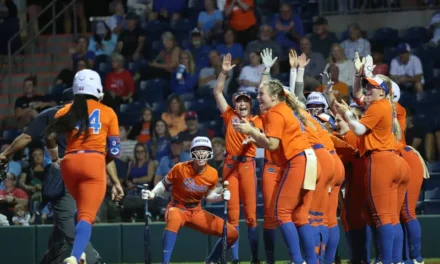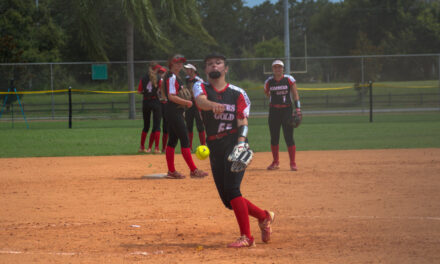Who should call a game is an argument that has been an argument for decades. So who should call the game, the coach or the pitcher and catcher? At the younger levels, such as 10U, 12U, and maybe into the first year of 14U, coaches should be calling the games. But as pitchers and catchers get older, second-year 14U+, these athletes know the game and are more than capable of calling pitches themselves.
Coaches like to be in control, especially the overly ambitious parent coaches whose daughter is in the circle performing for her team. These are the parents who have sat on the bucket catching for their daughters since they started pitching. Though these parents probably know their daughters throwing strengths and weaknesses, they don’t necessarily know the game – the hitters’ tendencies, where batters are positioned in the box, the umpire’s zone, etc.
Below are three things to at least consider. For the record, no matter what side of this you fall on, there is no right or wrong, and every team and their players are different.
Pitchers and catchers are game smart: As pitchers and catchers age and mature as players, they will start to pay attention to and understand the game more. Pitchers will begin to learn about themselves and the pitches they are throwing. They will start to think independently and start to think about throwing certain pitches in different situations. Many won’t realize they are calling their own game in their head until something they don’t want is called; that’s when “shaking off” takes place. Catchers will begin to pick up on the hitter’s tendencies as the game goes on. Pitchers and catchers have great memories and will remember what hitters did in previous at-bats.
Pitchers and catchers see more: Pitchers and catchers are on the field and have a clear view of everything going on in front of them. Coaches must remain in the dugout during games which causes them not to see things due to the angle of the dugout. Pitchers and catchers can see where the batters set up in the box, how near or far the batter’s feet are from the plate, and where their bat path travels on their swings. These are things coaches from the dugout aren’t able to pick up on.
Builds a bond between the pitcher and catcher: There is nothing more glorifying for a pitcher or a catcher than working together to strike a better out. The relationship between the pitcher and the catcher is the most important one on the softball field. The connection is built on trust. How are pitchers and catchers supposed to create, develop, and maintain that trust if they aren’t given a chance to do so?
Allowing pitchers and catchers to call the game will help build them into all-around better players. It will give them a chance to think, question, and learn from their successes and failures. It should always be about bettering the players.







